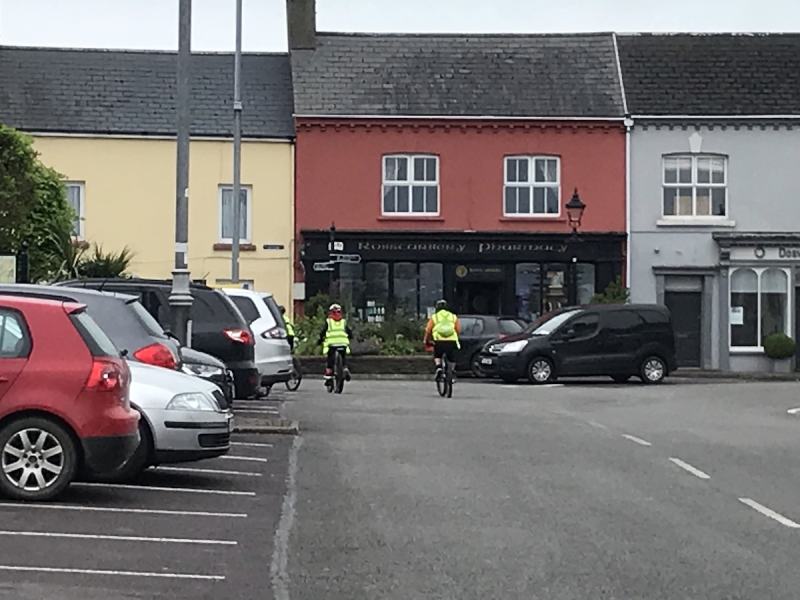Top Ten Tips for Safe Cycling
Here are our top ten tips for safe cycling!

- Have a roadworthy bike that fits you. Regularly check the brakes and tyre pressure, and don’t ignore any strange noises, vibrations, or jumping gears – they probably indicate a problem. A new bike bought from a traditional, local bike shop should be safe. Be wary of mail-order/supermarket ‘bargains’ or flat-pack bikes. If in doubt, take it to your local bike shop for advice (or get in touch with us for a maintenance course!).
- Have great bike control skills. You should understand how to shift your body weight when making an emergency stop, be able to swerve safely, make efficient use of your gears, keep good control of the bike while looking directly behind and confidently ride one-handed. Ride with your fingers on your brake levers. If this seems uncomfortable you need to adjust the brake lever position.
- Use the road. If you are nervous about cycling on the road do get training. Cycling in parks and cycle paths is fine but you are missing out on the freedom to cycle quickly and safely to wherever you want to go. Cycling on the pavement, even considerate cycling, is against the law (although the Guards are generally leniant to younger children cycling on the pavement).
- Think positioning. Ride away from the kerb, never in the gutter, at least a ‘door’s width’ away from parked cars. Be aware that drivers tend to leave you the same room on your right as the room you leave for yourself on the left. Ride in the stream of traffic when you can match its speed. There may be times when you have to ride close to parked cars (i.e. road narrowing) or slower moving traffic do so slowly so you have time you react to hazards such as an opening door.
- Check behind frequently, especially before changing position on the road. Looking behind attracts the attention of drivers as well as ensuring that you know what is happening around you.
- See, be seen, communicate!Communicate your intentions with hand signals and by correct road positioning. Don’t signal without looking behind first – it may be unsafe to signal if someone is overtaking at that moment or it may be unnecessary to signal if no one is there! A driver is more likely to see your signal if you have looked behind first.
- Aim to arrive at junctions in the middle of your lane whether you are turning left or right, or going straight ahead. This prevents dangerous overtaking from traffic behind. On approach to traffic lights the least safe option is to undertake on the left so either wait your turn or consider overtaking (on the right) to get to the front, pulling in to the stream of traffic if it starts moving.
- Be HGV/large vehicle/bus aware. You are particularly at risk if cycling on the passenger side of an HGV as it turns left because of the poor left view from the cab (many have ‘blind spots’). Do not ‘hug the kerb’ to undertake a large sided vehicle (particularly when on approach to traffic lights/junctions). Ensure that you are positioned with enough space behind or in front of the lorry so the driver in the cabin can see you. Make sure you can see the vehicle’s mirrors. If you can’t see the mirror the driver probably can’t see you.
- Roundabouts. Arrive at, and move through roundabouts, in the middle of the most appropriate lane.
- Get some cycle training. Reading these tips is a small start, but there is no substitute for on-road cycle training, even the most experienced rider can become more effective and learn new skills. Get in touch with us to book a course now!
